It is done and I am

The dismantled Derringer is shown here:
Recommandations for Derringer redoe
For browning I used
Homer Dangler Barrel Brown and it took 5 days. The browning of breech plug and barrel is different in clour ind smothness. Not quite clera why but it might be, that breech plug and barrel are a differnet kind of steel.
The browning on the barrel feels rougher while the breech is very smooth. Why it is as it is, I do not know. The polishing on breech and barrel was besides some scratches as far as I could determine it the same.
For staining I tried Laurel Mountain Forge Antique wood stain Maple. Is a little bit different than though first but I like it very much.
Than I applied Tru-Oil Gun Stock finish and hope that it will last.
Enjoy the images as I very much enjoyed doing the wortk for just doing the work. That is another part of making muzzle loaders a faszinating hobby.
The next one will be easier and I can try to make some things different and perhaps better.
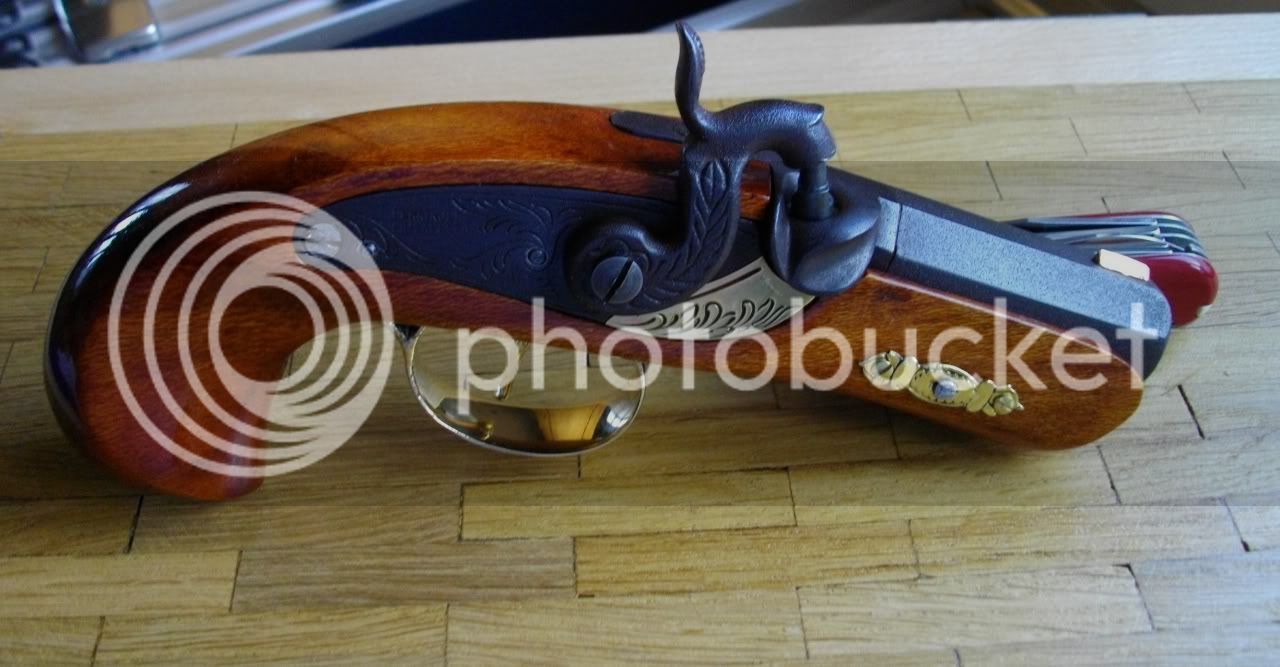
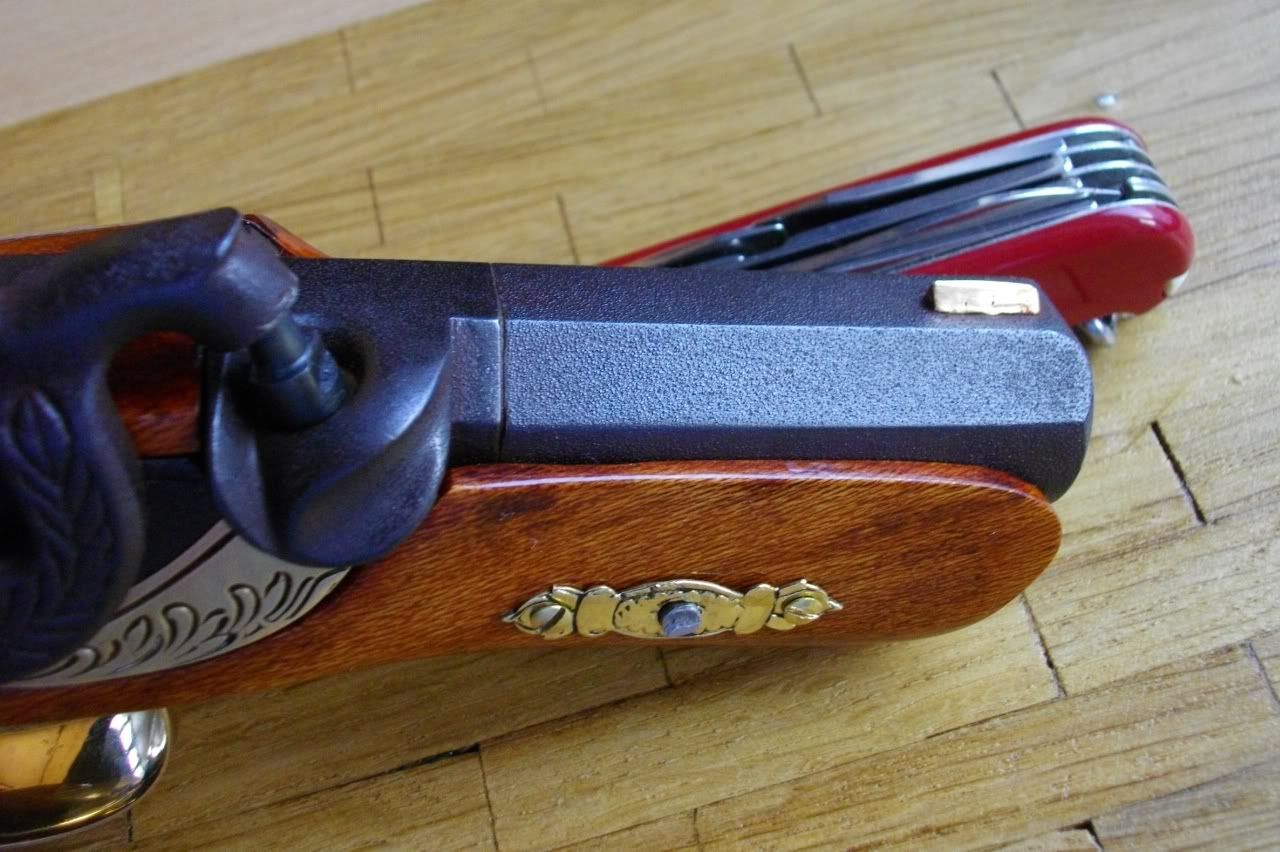
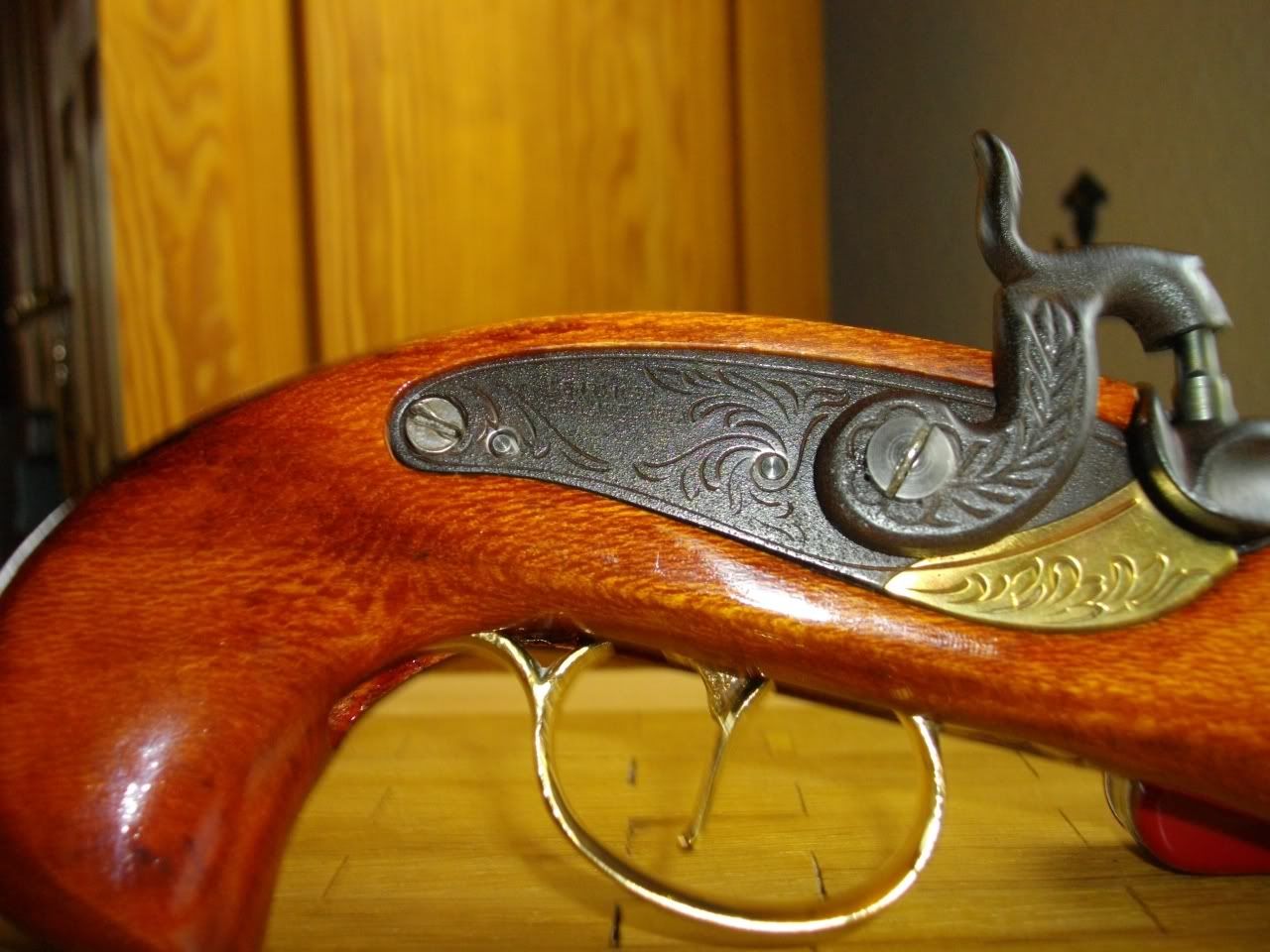
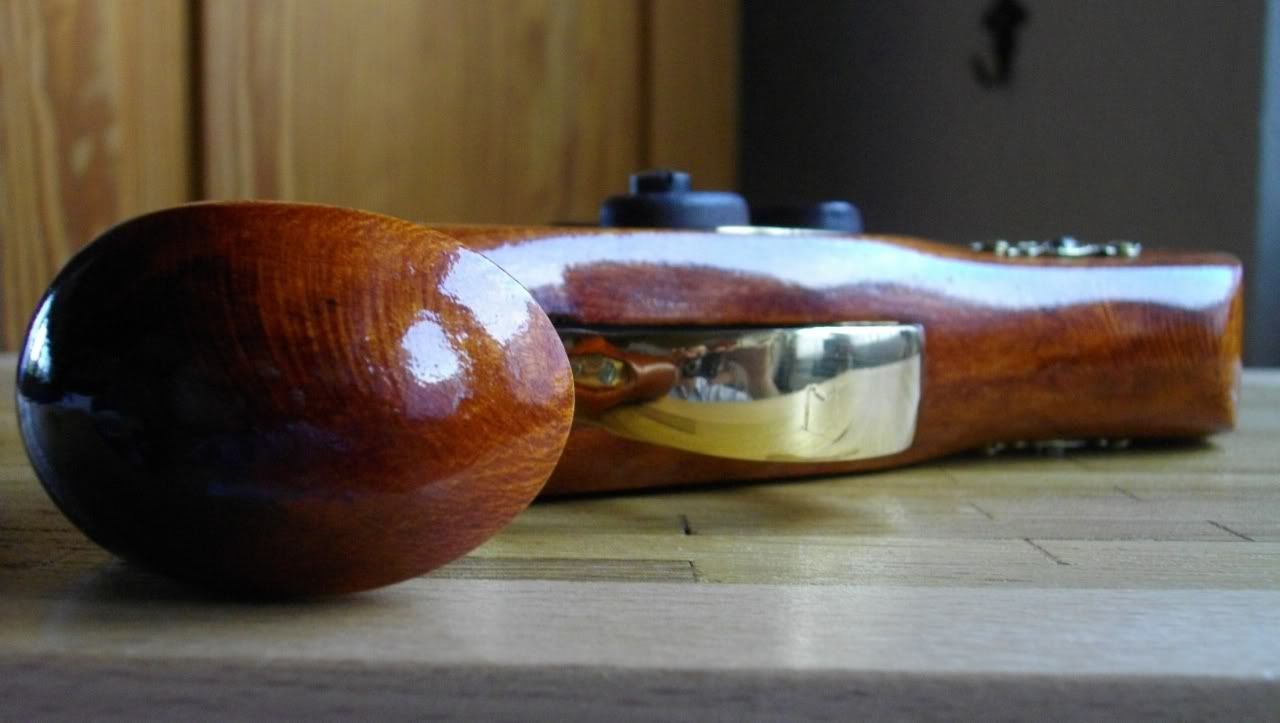
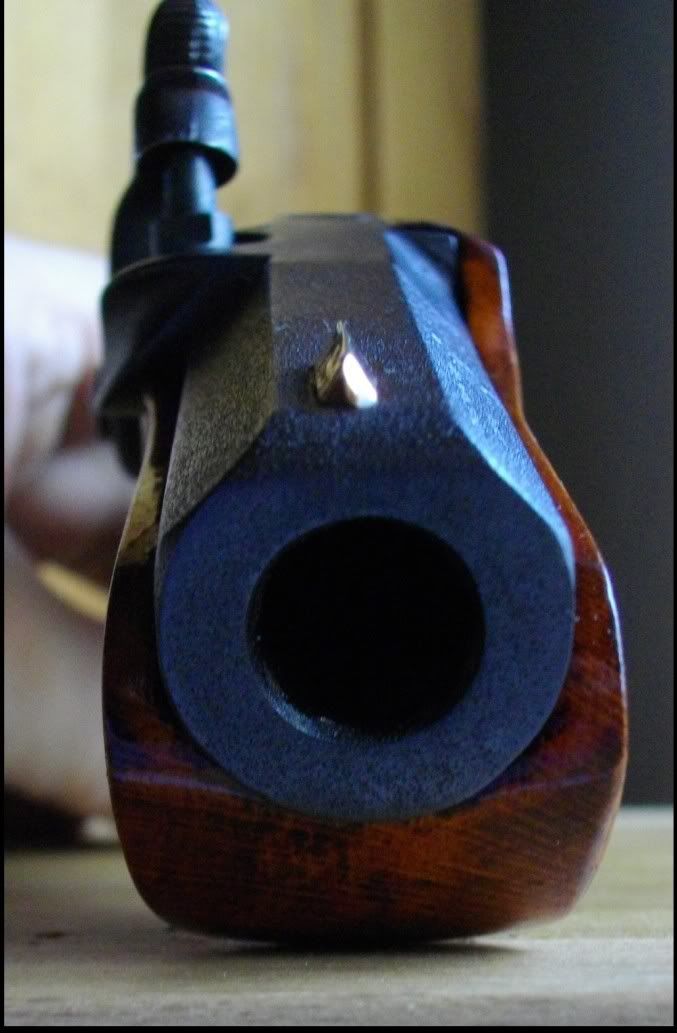

The dismantled Derringer is shown here:
Recommandations for Derringer redoe
For browning I used
Homer Dangler Barrel Brown and it took 5 days. The browning of breech plug and barrel is different in clour ind smothness. Not quite clera why but it might be, that breech plug and barrel are a differnet kind of steel.
The browning on the barrel feels rougher while the breech is very smooth. Why it is as it is, I do not know. The polishing on breech and barrel was besides some scratches as far as I could determine it the same.
For staining I tried Laurel Mountain Forge Antique wood stain Maple. Is a little bit different than though first but I like it very much.
Than I applied Tru-Oil Gun Stock finish and hope that it will last.
Enjoy the images as I very much enjoyed doing the wortk for just doing the work. That is another part of making muzzle loaders a faszinating hobby.
The next one will be easier and I can try to make some things different and perhaps better.









